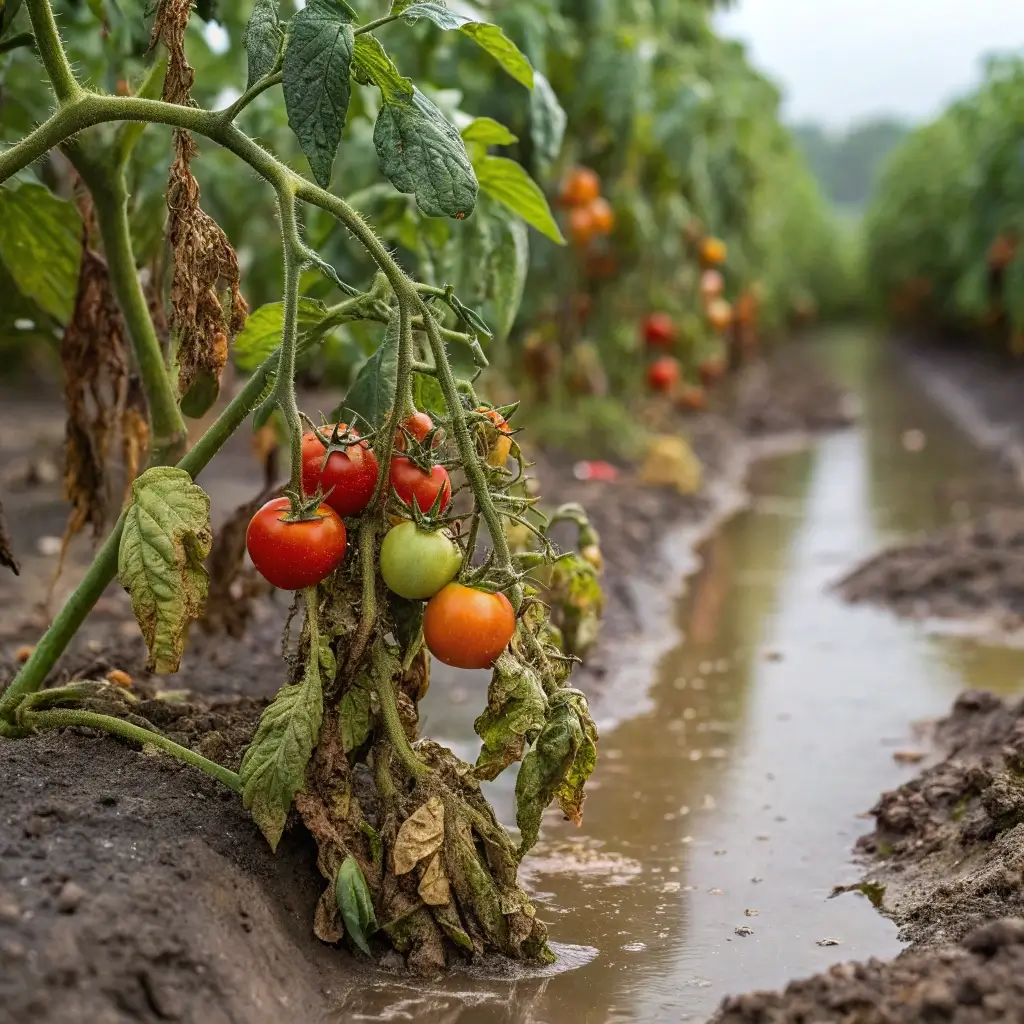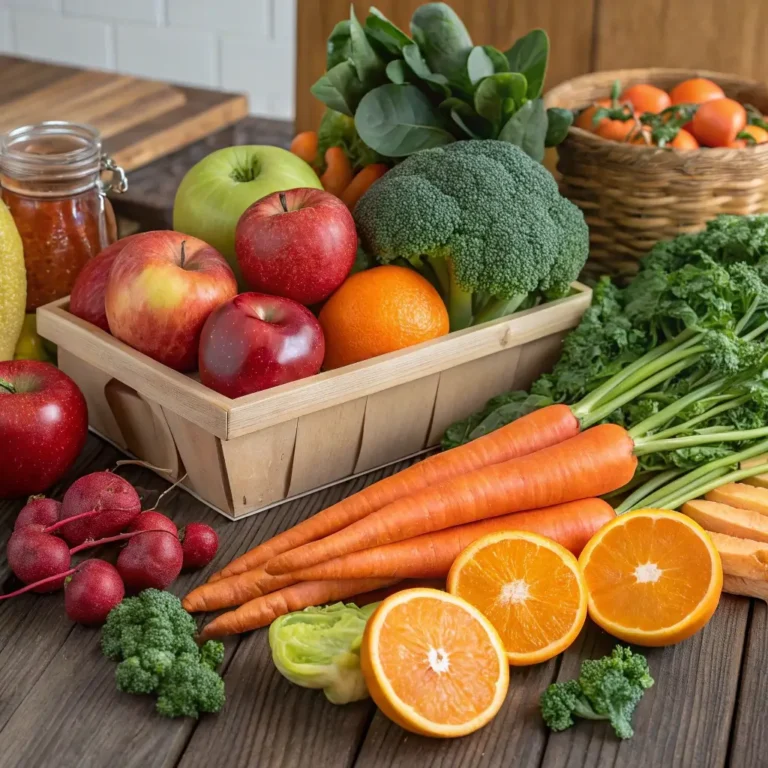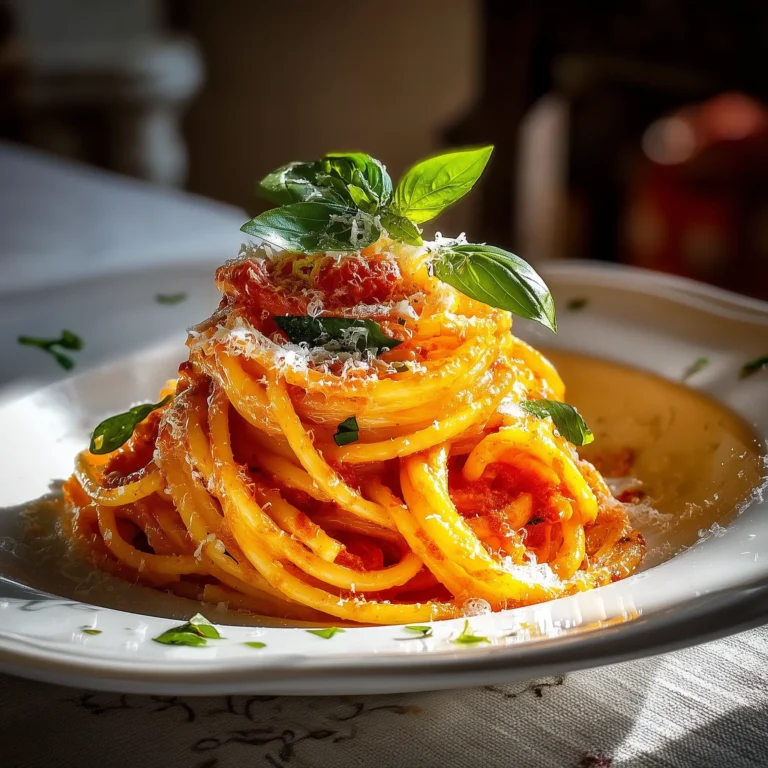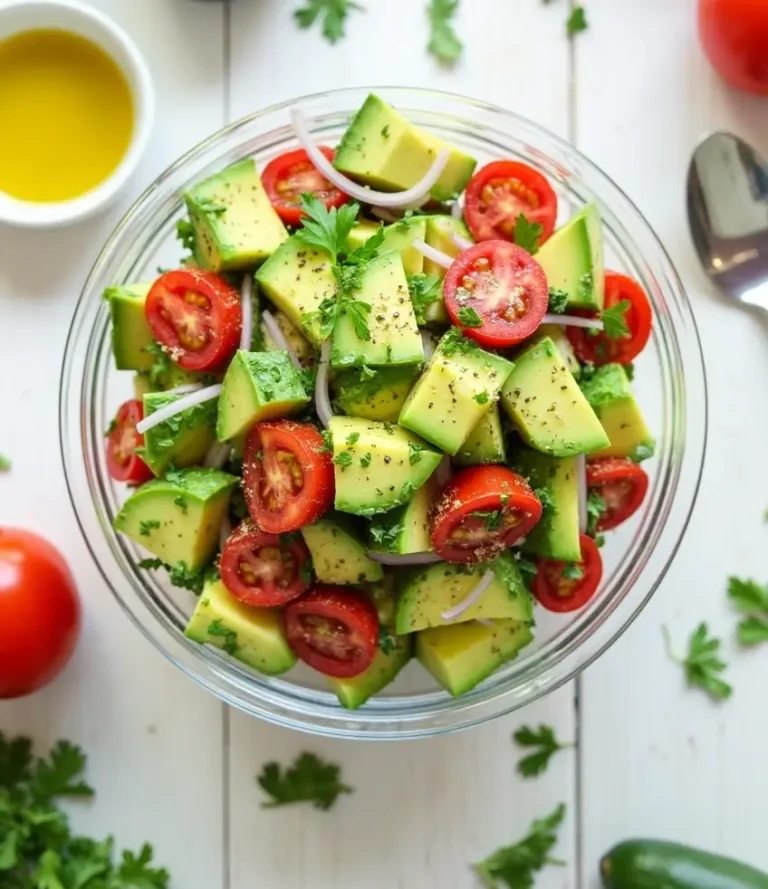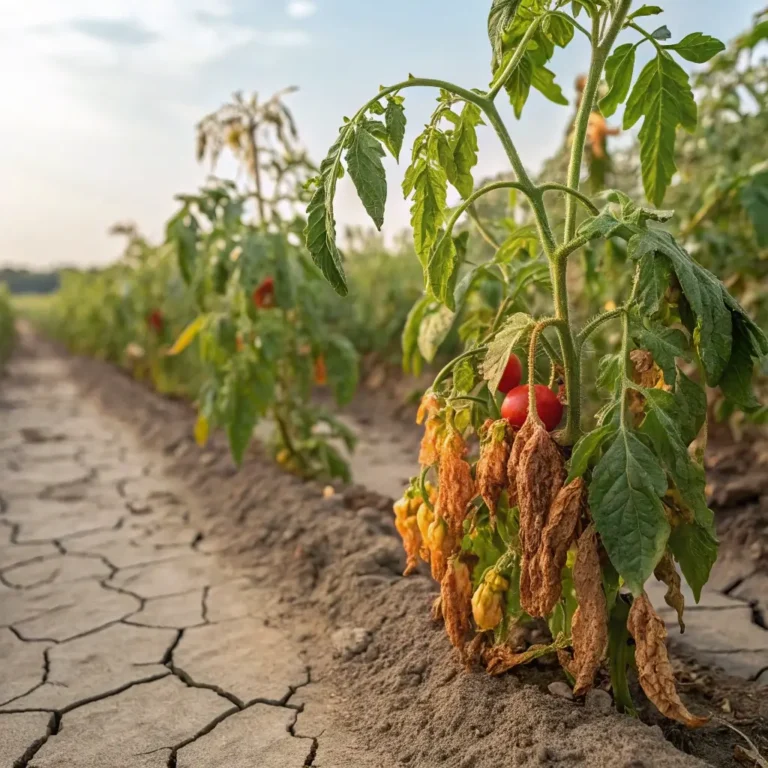6 Signs of Overwatered Tomato Plants and How to Prevent Them Today
Table of Contents
Introduction
Did you know that nearly 70% of home gardeners unknowingly overwater their tomato plants, causing preventable damage that affects both yield and fruit quality? While most gardeners focus on providing enough water to their tomato plants, the truth is that overwatering is a far more common and destructive problem than underwatering. Recognizing the 6 signs of overwatered tomato plants and how to prevent it can be the difference between a bountiful harvest and a disappointing growing season. Let’s dig into the telltale indicators that your tomato plants are getting too much moisture and the practical solutions to save your garden.
Key Indicators of Overwatering
Yellow Leaves
Yellowing leaves, particularly on the lower portions of your tomato plant, often serve as the first warning sign of overwatering. When soil remains consistently saturated, roots struggle to access oxygen, leading to stress that manifests as chlorosis (yellowing) of foliage. Unlike nutrient deficiencies that often display specific patterns, overwatering typically causes a uniform yellowing across entire leaves.
Root Rot
Examining your tomato plant’s root system can provide definitive evidence of overwatering. Healthy tomato roots should appear white or cream-colored and firm to the touch. When overwatered, roots develop a brown, mushy texture with a distinctive unpleasant odor. Studies show that once root rot affects 50% of the root system, plant recovery becomes significantly more challenging, with mortality rates increasing to 75%.
Cracked Fruits
The inconsistent water uptake caused by overwatering creates pressure fluctuations inside your tomatoes, leading to unsightly cracks along the skin. Research published in the Journal of Horticultural Science demonstrates that tomato plants receiving 30% more water than required show a 40% increase in fruit cracking, substantially reducing marketable yield and storage life.
Edema
Look for small, water-soaked blisters on the undersides of leaves that eventually turn into corky, brown spots. This condition, known as edema, occurs when plants absorb water faster than they can use it. The excess water causes cells to swell and rupture, creating these distinctive lesions that can serve as entry points for secondary infections.
Blossom End Rot
Counterintuitively, overwatering can actually lead to blossom end rot—a calcium-related disorder most often associated with inconsistent watering. The dark, sunken patches on the bottom of fruits occur because excess moisture leaches calcium from the soil and impairs root uptake, even when soil calcium levels are adequate.
Fungal Diseases
Persistently wet foliage and soil create ideal conditions for fungal pathogens like early blight, late blight, and Septoria leaf spot. Data from agricultural extension services indicates that overwatered tomato plants are 3.5 times more likely to develop fungal infections than those receiving appropriate irrigation.
Prevention Strategies
Proper Watering Techniques
Implement a consistent watering schedule based on your climate and soil conditions. The deep and infrequent approach works best: water thoroughly until moisture reaches 6-8 inches deep, then allow the top 2 inches of soil to dry out before watering again. Morning irrigation allows foliage to dry during daylight hours, reducing disease risk by up to 60%.
Soil Drainage Improvements
Enhance your garden’s drainage by incorporating organic matter like compost (aim for 25-30% by volume) to create optimal soil structure. For container gardens, ensure pots have sufficient drainage holes and consider adding a 1-inch layer of gravel at the bottom. Adding 10% perlite or vermiculite to potting mix can improve drainage while maintaining moisture retention at deeper levels.
Mulching Benefits
Apply a 2-3 inch layer of organic mulch around your tomato plants, keeping it several inches away from the stems. This practice reduces water evaporation by up to 70% while moderating soil temperature fluctuations. Organic mulches like straw or shredded leaves also gradually decompose, improving soil structure over time.
Weather-Responsive Irrigation
Adjust your watering schedule according to weather conditions. After rainfall, check soil moisture by inserting your finger 2 inches into the soil—if it feels damp, delay irrigation. Smart irrigation controllers that utilize local weather data can reduce overwatering instances by approximately 40% compared to timer-based systems.
Treating Overwatered Plants
Recovery Protocol
If you identify overwatering symptoms, immediately adjust your irrigation practices. Allow the soil to dry until the top 2-3 inches feel dry to the touch before resuming a modified watering schedule. Remove affected leaves but limit pruning to no more than 30% of foliage to prevent additional stress.
Root Zone Recovery
Apply hydrogen peroxide solution (1 part 3% hydrogen peroxide to 4 parts water) to help increase oxygen levels in the soil and combat pathogenic microorganisms. Studies show this treatment can increase oxygen availability in the root zone by up to 25%, accelerating recovery from minor root damage.
Fungicide Applications
For plants showing signs of fungal infection, apply appropriate organic or chemical fungicides according to package directions. Copper-based solutions can reduce fungal proliferation by up to 65% when applied at the first signs of infection.
Conclusion
Mastering the art of proper tomato irrigation significantly impacts your garden’s productivity and your plants’ health. By recognizing the 6 signs of overwatered tomato plants and implementing the prevention strategies outlined above, you’ll create optimal growing conditions that promote robust plants and flavorful fruits. Remember that consistent monitoring and responsive care are far more effective than adhering to a rigid watering schedule. Your tomatoes don’t need daily watering—they need attentive gardening that responds to their actual needs.
FAQs
How often should I water my tomato plants?
Rather than following a fixed schedule, water when the top 2 inches of soil feel dry to the touch. Depending on your climate and soil type, this typically translates to 1-2 times per week during moderate weather and possibly 3-4 times weekly during extreme heat.
Can I save a tomato plant with severe root rot?
Plants with severe root rot (more than 70% of roots affected) have low recovery chances. However, you can attempt rescue by carefully removing the plant, trimming affected roots, applying fungicide, and replanting in fresh, well-draining soil. Success rates for severely affected plants typically remain below 30%.
Should I water tomato leaves or just the soil?
Always water the soil directly, avoiding the foliage. Wet leaves increase disease susceptibility by 45-60%, particularly for conditions like early blight and powdery mildew. Consider drip irrigation or soaker hoses, which reduce foliar disease by delivering water precisely where needed.
How can I tell if yellowing leaves are from overwatering or nutrient deficiency?
Overwatering typically causes uniform yellowing that begins with lower leaves, while nutrient deficiencies often display specific patterns (interveinal yellowing for magnesium, yellowing with green veins for iron). Additionally, overwatered plants often have soft, wilting stems despite moist soil.
Does my container-grown tomato need different watering than garden plants?
Yes. Container plants generally require more frequent watering as they have limited soil volume. However, they’re also more susceptible to overwatering damage. Ensure containers have adequate drainage holes and consider fabric pots, which allow 10-15% more air exchange than traditional plastic containers.

